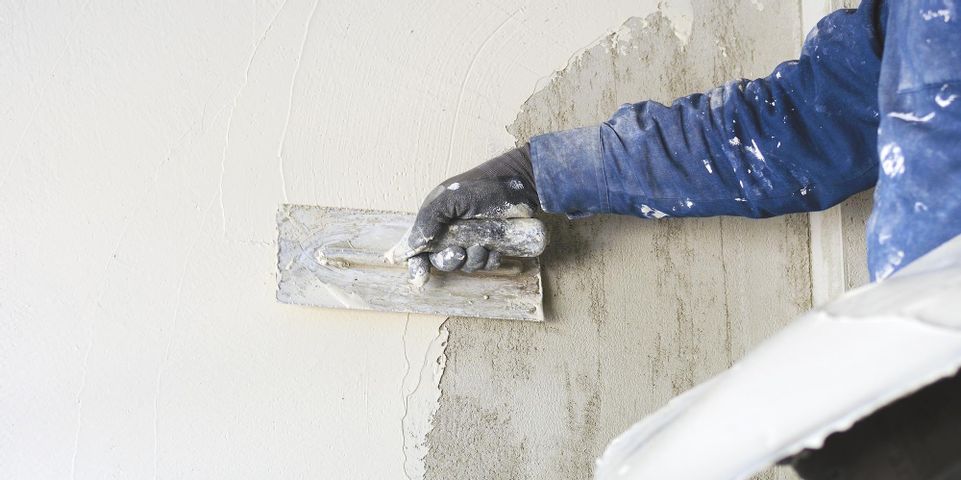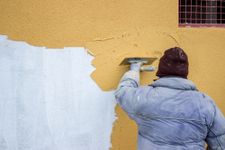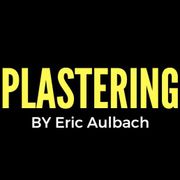What’s the Difference Between Stucco & Plaster Walls?

Stucco and plaster walls are often confused with each other. Some homeowners use the terms interchangeably, but they are quite different. Because plaster and stucco can be confusing, Plastering by Eric Aulbach explains the differences between the two below. This team has provided Saint Louis, MO, residents with high-quality plastering services for more than 30 years, so they recognize the differences.
 Generally speaking, stucco is applied to the home’s exterior. It can contain a myriad of additives such as Portland cement, lime, fiberglass, sand, mud, and brick dust. The materials are blended with water and act as a form of structural support. The addition of various sands can give the stucco a fun texture. Once it dries, the stucco becomes hard as stone and can withstand harsh storms.
Generally speaking, stucco is applied to the home’s exterior. It can contain a myriad of additives such as Portland cement, lime, fiberglass, sand, mud, and brick dust. The materials are blended with water and act as a form of structural support. The addition of various sands can give the stucco a fun texture. Once it dries, the stucco becomes hard as stone and can withstand harsh storms.
Plaster, on the other hand, is used for interior walls and is made with gypsum. While it’s not as firm as stucco, plaster walls will still last a long time. However, it’s not meant for repeated exposure to moisture—it isn’t ideal for outdoor use.
Despite the differences between these two wall coverings, they still have some similarities. Once dry, plaster and stucco create a tight seal that acts as a sound barrier, which is great if you live in a noisy area. You can also give your home a personal touch with stucco and plaster. Both can create super smooth walls or unique textured patterns. Painting isn’t a problem with either—both plaster and stucco can handle a paint job of any color.
Beautiful stucco and plaster walls will refresh your home’s appearance. If you’re located in Saint Louis or the surrounding areas and need plastering services, you can trust Plastering by Eric Aulbach. Whether your home or office needs plaster or stucco repair, historic restoration services, or plastering designs for walls, ceilings, and backsplashes, he has the tools and training necessary to get the job done. Call to request a quote today at (314) 479-1402, or visit his website for more information.
About the Business
Have a question? Ask the experts!
Send your question

